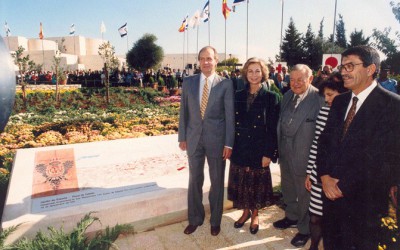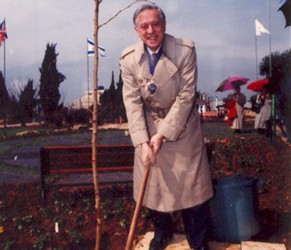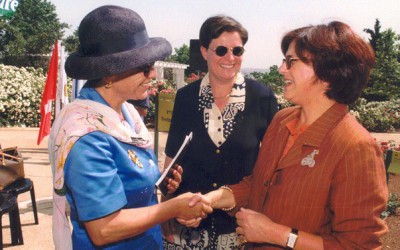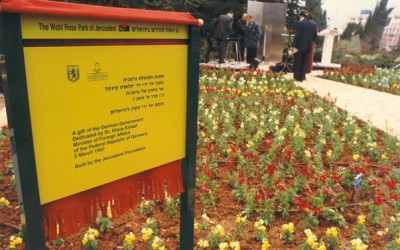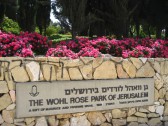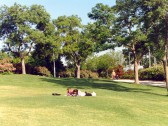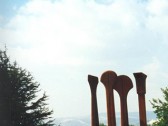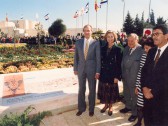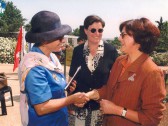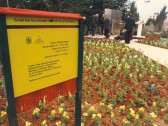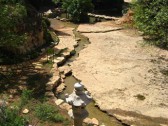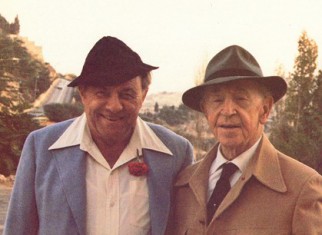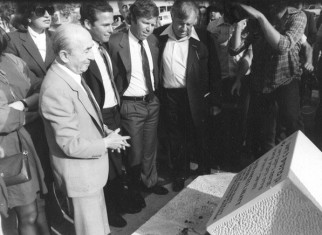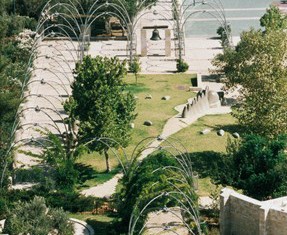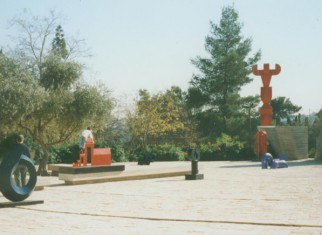About the project
The Jerusalem Foundation established the Wohl Rose Park of Jerusalem in the heart of the state government complex in 1981. The park is located opposite the Knesset and adjacent to the Supreme Court on the site of the former President’s Park, an area that previously had been used for official government purposes only. The 19-acre park is the largest rose park in Israel. It was designed by Yosef Segal with hills, valleys, lawns, paths, a pond, waterfall and 15,000 rose bushes informally displayed. The park is a popular recreational area, and serves as a professional center for the art of rose gardening, including an experimental section where new rose varieties from all over the world are tested for their suitability to Israel’s climate. The park contains several pieces of public sculpture, including Tete (Head), a small bronze sculpture created in 1978 by Spanish surrealist painter and sculptor Joan Miro (1893-1983); Wings, a painted steel sculpture created by Israeli artist Israel Hadany in 1982 and placed in the park in 1985; Jerusalem Ritual, a sculpture of primordial columns by American sculptor Beverly Pepper (b. 1924) erected in the park in 1994; Opening, created by Berlin artist Gabriele Heidecker in 1997, and Conspicuous Ring by Mexican artist Sebastian placed in the park following its exhibition at the Jerusalem Center for the Performing Arts (the Jerusalem Theater) in 1997. The Jerusalem Foundation added the Garden of the Nations in 1984. Each section (Germany, Japan, Holland, Switzerland, Argentina, Canada, France, Austria, Spain and the UK) contains indigenous species and landscaping styles characteristic of the country that donated it. The Swiss garden was designed for the blind, with fragrant flowers and Braille signage. International political figures dedicated each section, including Jacques Chirac of France in 1987, King Juan Carlos I and Queen Sofia of Spain in 1993 and Queen Beatrix and Prince Claus of Holland in 1995.







